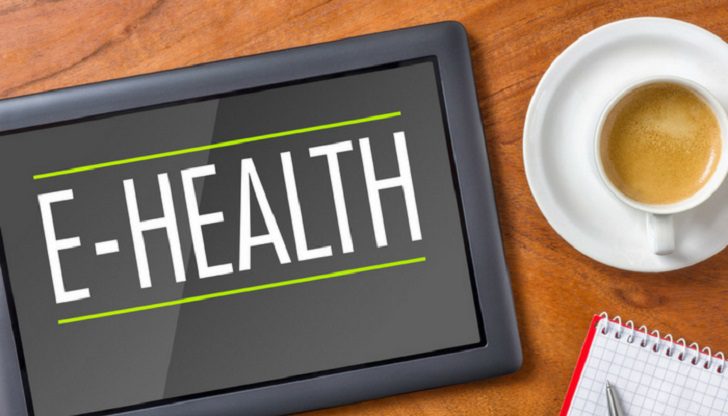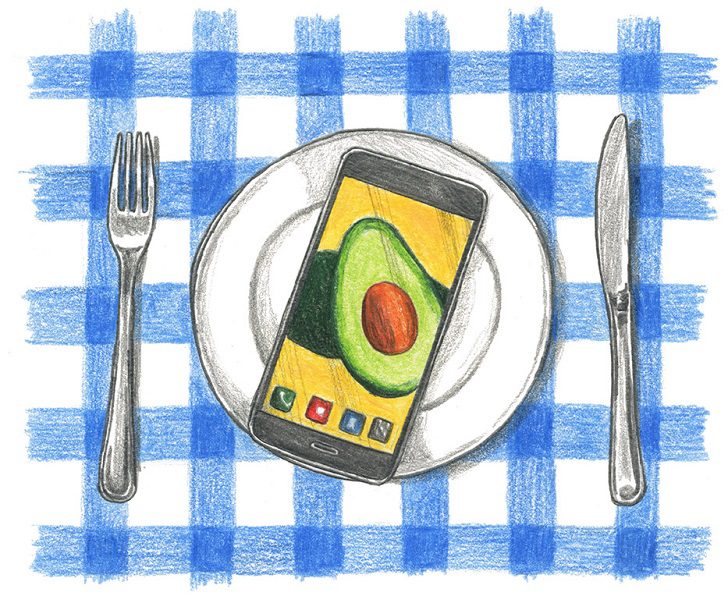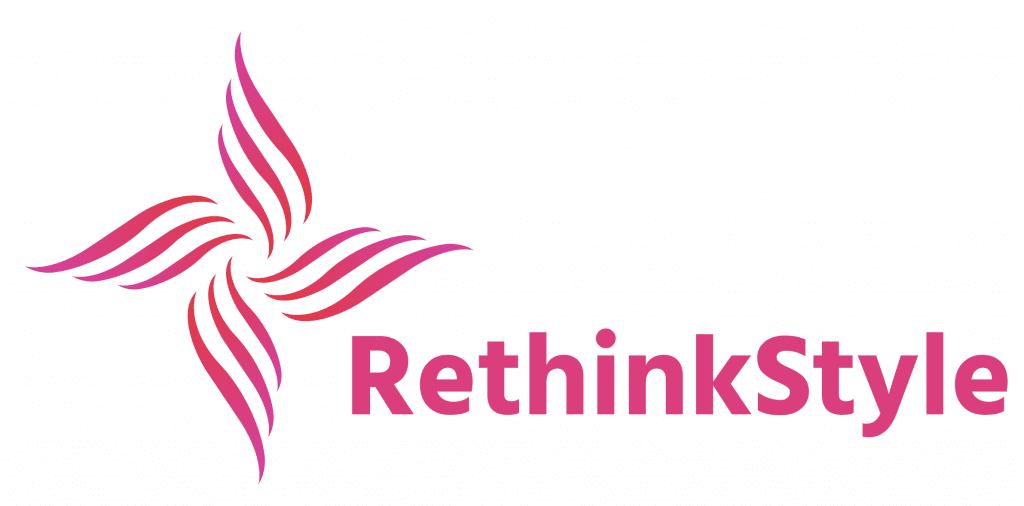During the pandemic, some of us relied on social media and digital content to stay informed, connect with others, and maintain relationships. However, they have their own stress-inducing drawbacks, which can lead to depression and increased anxiety.
Because of the ease with which information is available and the sophistication of current software, many researchers may find themselves spending hours in front of screens each day. When we consider how much time we spend using technology in our personal lives, we can easily spend the majority of our waking hours staring at pixels. While technology is generally neutral, how we use it can have an impact on our energy levels, mood, and social engagement.
Many reports highlight the potential negative impact of screen time on our mental health and general well-being, whether due to concerns that social media may have a direct impact or simply because screen time diverts us away from other healthy activities. The key is to be mindful of your digital well-being. Here are a few ways to balance your digital well-being:
Manage your access

To change behavior, you must first recognize a problem before you can take action. To understand your usage, use the feature provided by your device or an app.
Apple devices provide controls under the “screen time” setting, whereas Android devices have digital well-being systems to experiment with. Tracking and management systems are also available in standalone apps such as Social Fever, Offtime, and BreakFree. Similarly to how a blood test can help you understand your cholesterol or triglyceride levels, your device stats can help you understand what you need to manage and how to improve. Whether you spend your time playing games, sending Snapchats to friends, or watching cat videos, it’s a good idea to be aware of where things can change.
Unsubscribe

You’re aware of how email and DMs proliferate, and how notifications can be overwhelming. Unsubscribe from all but the most important subscriptions or businesses, and turn off all but the most important notifications. With less traffic and push notifications from your device, you’ll be able to control what you consume, pulling what’s most relevant to you rather than being bombarded by mediocre messages that may not add value.
Remind yourself it will take some time
Slowly increase your non-digital activity while decreasing your device time. Set manageable goals and be patient with yourself. Businesses spend billions of dollars trying to hook you, so it’s understandable that you’ll need time to manage yourself and ensure you’re in control of your device rather than the other way around.

In addition to becoming happier, you want to reflect on a life well lived. Because how you spend your time determines how you spend your life, managing your access, content, and activities is critical. Keep your device hidden, embrace your usage statistics, and manage your usage time. Look for alternatives and be gentle with yourself. Change in behavior takes time, but it is well worth it for a happier life and a brighter future.




